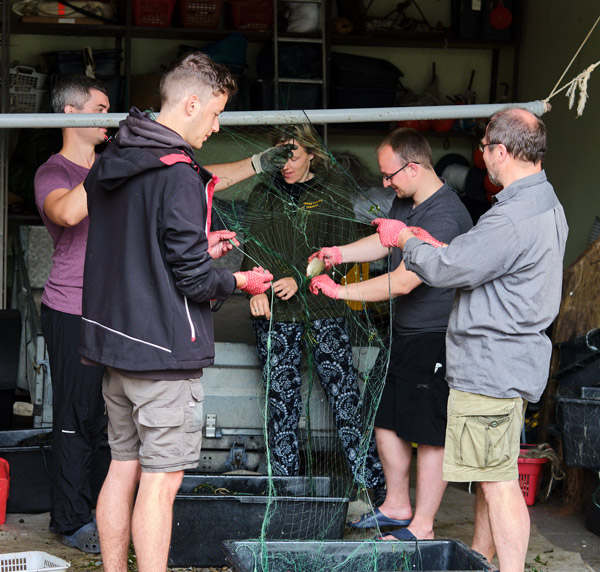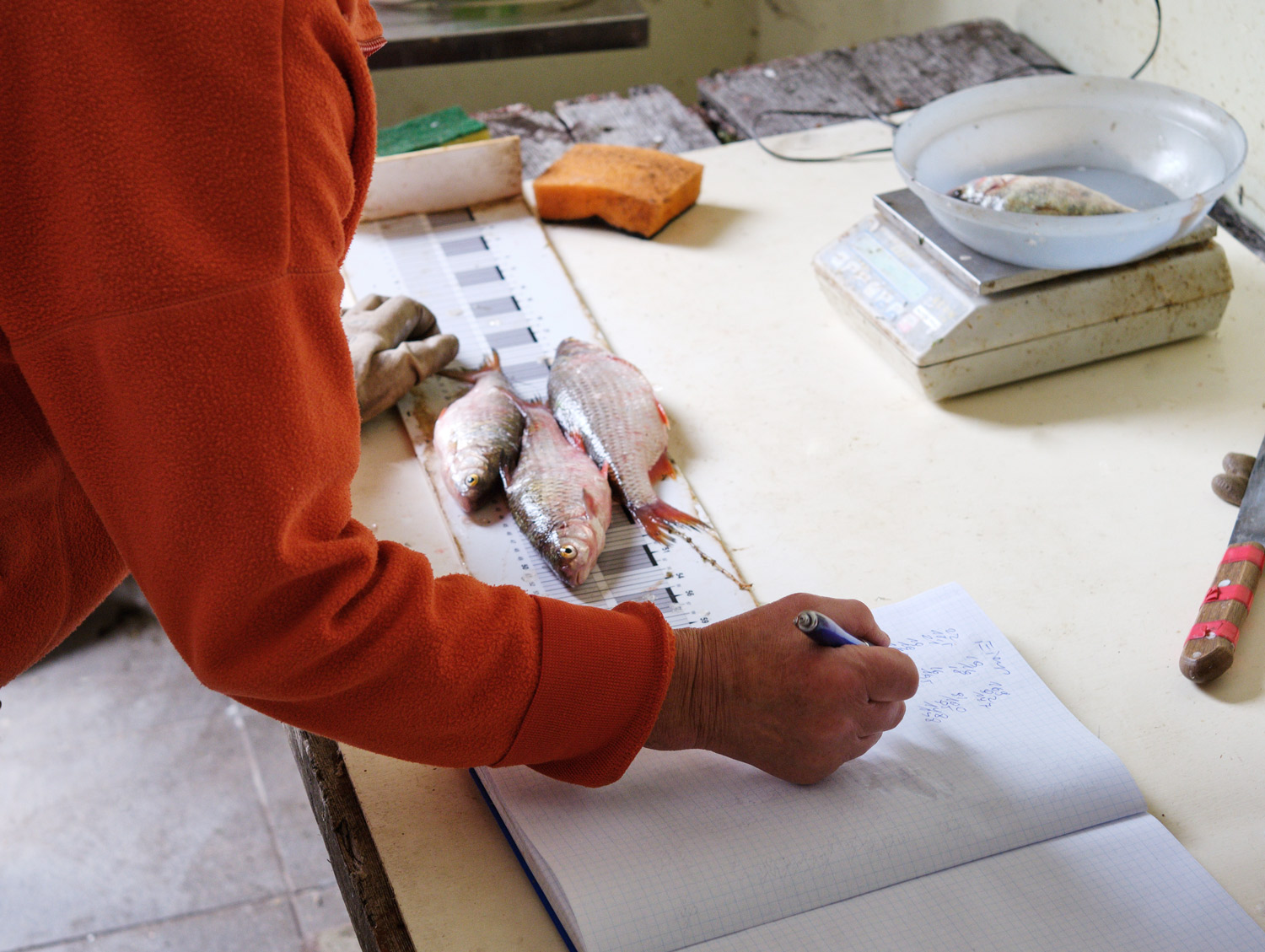1. Assessment of recreational fishing effort through space and time.
We assess recreational fishing effort using fixed-wing drones (in collaboration with a company
Thrust) and anonymous user data from a fishfinder device
Deeper.
Links:
scientific publication, code and data on
GitHub, short video on
YouTube,
conference talk.
We conducted extensive on-site angler surveys to assess catches and the overall impact of recreational fishing in a productive and large inland ecosystem Kaunas Water Reservoir. We show that recreational fishing has a substantial impact on bream and predatory species (pikeperch, perch), which explains their slow recovery after the commercial fishing ban in 2013.
Links:
scientific publication, code and data on
GitHub,
conference talk,
conference poster.
We also explore effects of the COVID-19 pandemic on recreational fishing effort in four European countries. How quickly can fishing effort and angler behaviour change and what does this mean for improving fishing regulations?
Links:
conference talk, publication is in preparation.
We have also developed a smart phone application
FishSizeProject (currently available only in Lithuania, but going international soon) to encourage angler participation in citizen science. To learn more about the importance of angler citizen science watch this
conference talk, or
this talk about anglers as ambassadors for conservation.
2. Machine learning tools for a new digital age in fisheries.
In collaboration with the companies
Deeper and
Angler’s Atlas, non-for-profit
Fishial and other groups we are working on enhancing machine learning tools for species identification and size determination to be used in recreational and artisanal fisheries.
Links: online workshop “
Machine learning tools for species identification and fish size estimation in recreational and small-scale fisheries” recording available on
YouTube,
scientific publication (in review), special session in
World small scale fisheries congress Europe, open access code on our
GitHub site for more information and tools.


